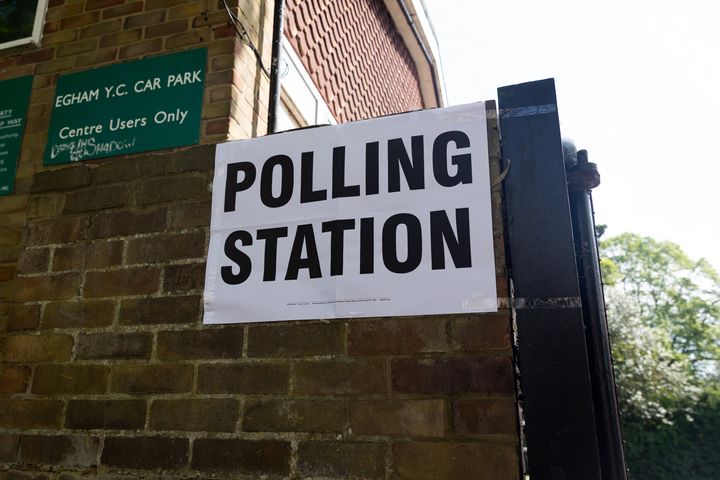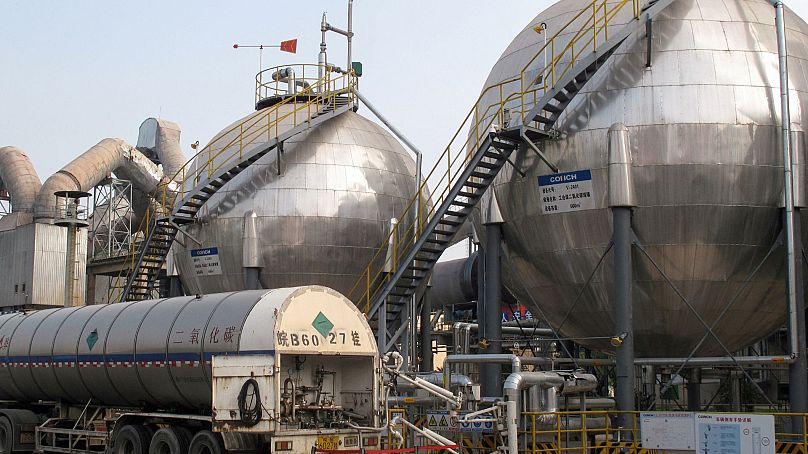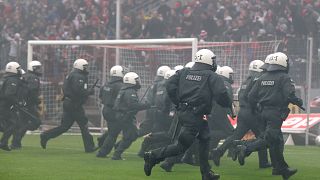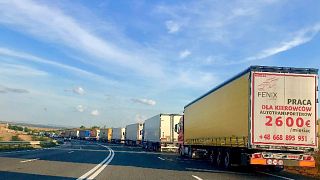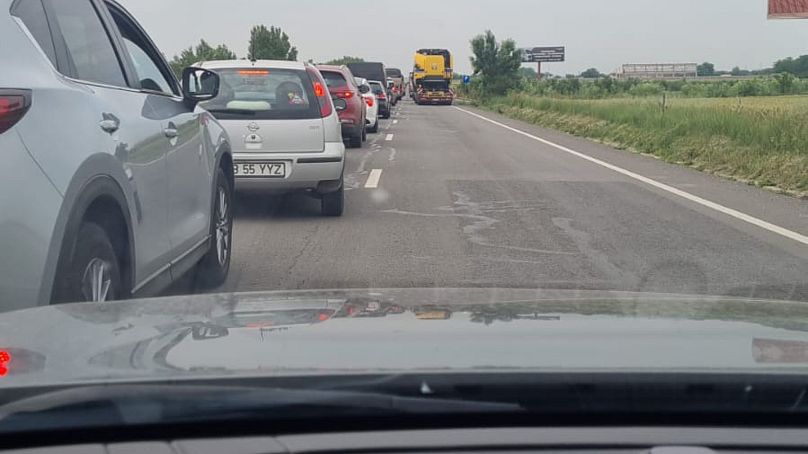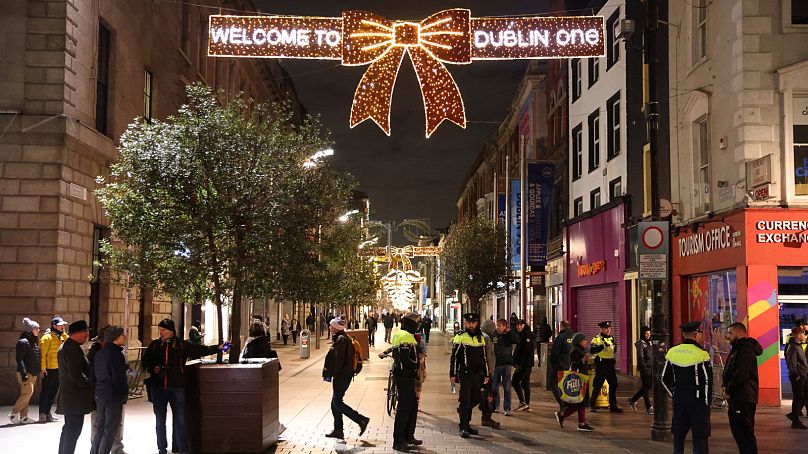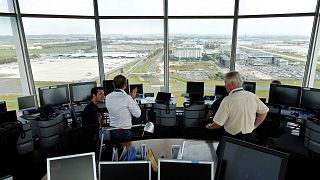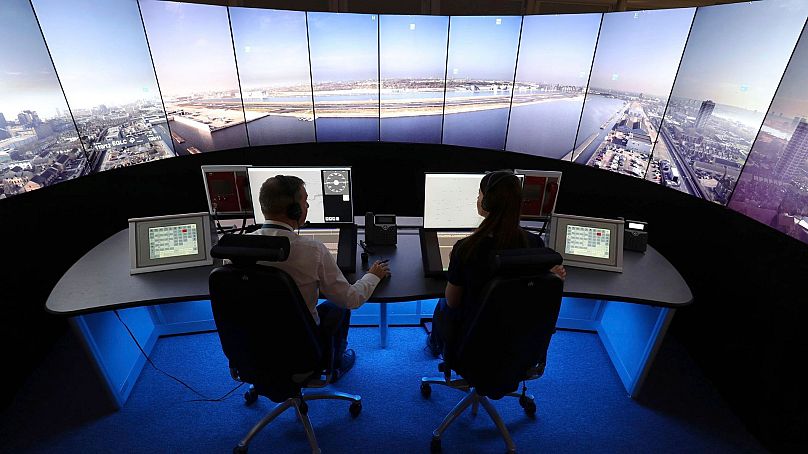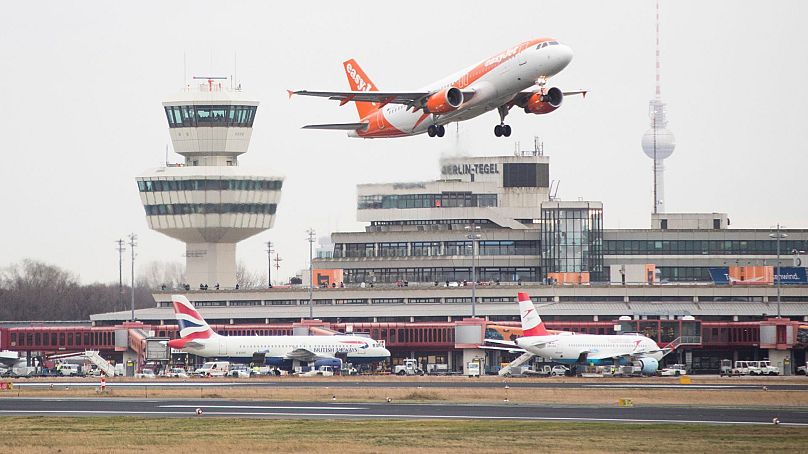Go North East bus strike forces colleges to pay thousands for private transport for learners
Anviksha Patel
27 Nov 2023

A bus driver strike has forced over a thousand college learners to study remotely this term, leading to a rise in mental health concerns and at least one safeguarding incident.
The pay dispute between Unite the Union members and bus company Go North East has left students stranded at home while colleges scramble for minibuses, taxis and extra bus services to get select groups to campuses, clocking up thousands of pounds in extra costs.
Go North East staff walked out at the end of September after workers rejected a 10.3 per cent pay rise offer as neighbouring Go North West workers are paid 20 per cent more. The strike is set to run until the end of December.
College representatives told FE Week that classes have had to be reorganised to focus on theory so courses could continue online.
East Durham College has a contract with another local bus company Arriva, but with the strike ongoing at Go North East, demand for Arriva buses has skyrocketed.
The strike has led to students resorting to walking miles to college, or to an Arriva bus stop, which are more sporadically located away from the Go North East bus routes and away from college campuses.
East Durham College campus director Alfie Wilkinson said one 16-year-old attempted to walk 13 miles to college one morning but after his phone died from using Google Maps, the college declared a safeguarding incident when family members could not contact him.
“He tried to get a bus and two buses went past without stopping,” Wilkinson said.
“We had members of his family and college staff out looking for him because he didn’t turn up for college. We didn’t find him until three o’clock.”
A spokesperson for Arriva told FE Week that it was running duplicate journeys as a result of increased demand, but added: “We do not have any plans to introduce additional services at this time.”
The college is also forking out £5,000 for taxis for the most vulnerable students, such as young carers and vulnerable learners with educational health and care plans.
It has provided taxis for nine learners so far, implemented a shuttle bus for 76 students, and paid drivers’ overtime. The college is even offering to pay mileage to parents who can drop off multiple students.
“We haven’t got a bottomless pit, but we are committed to putting in the finances to safeguard the education of the students,” Wilkinson said.
Holly Ackroyd, an 18-year-old who studies level 3 animal management at East Durham College, lives 20 minutes from the facility but has been stuck at home doing virtual learning as she lives on a Go North East bus route.
“It’s stressful. This is my most practical year and I’ve literally just missed out on all of it,” she told FE Week.
The college told Ackroyd to book a taxi, but she said getting a booking was like “trying to fight with someone on Black Friday”.
“Before the strikes, I got a taxi home from college, and it cost me around £16. Now it’s around £28.”
At neighbouring New College Durham, deputy principal Alison Maynard has identified 996 students who have no way of travelling to the college, which is “seriously impacting their studies”.
The college is now privately sourcing transport for around 500 priority students who need practical lessons, those in IT poverty, those who have assessments before Christmas, and students involved in performance shows and catering in the campus restaurant.
“We are in discussions with the Department of Education on how to recoup the costs of the transport,” she added.
The effort will be extended beyond the holiday period for GCSE mock exam participants. For the rest of the cohort, the college has switched to remote learning, but that also comes with issues.
“We are seeing students becoming disengaged and reporting an increase in mental health issues,” Maynard said.
Local MP Grahame Morris told FE Week: “Our FE providers should be commended for finding practical solutions to support their students, but they simply should not be forced into this position.”
Unite general secretary Sharon Graham said: “Go North East’s utter unwillingness to improve its pay offer in the slightest shows its blatant disregard for the wellbeing of its workers and the communities they serve.”
Go North East was contacted for comment.
